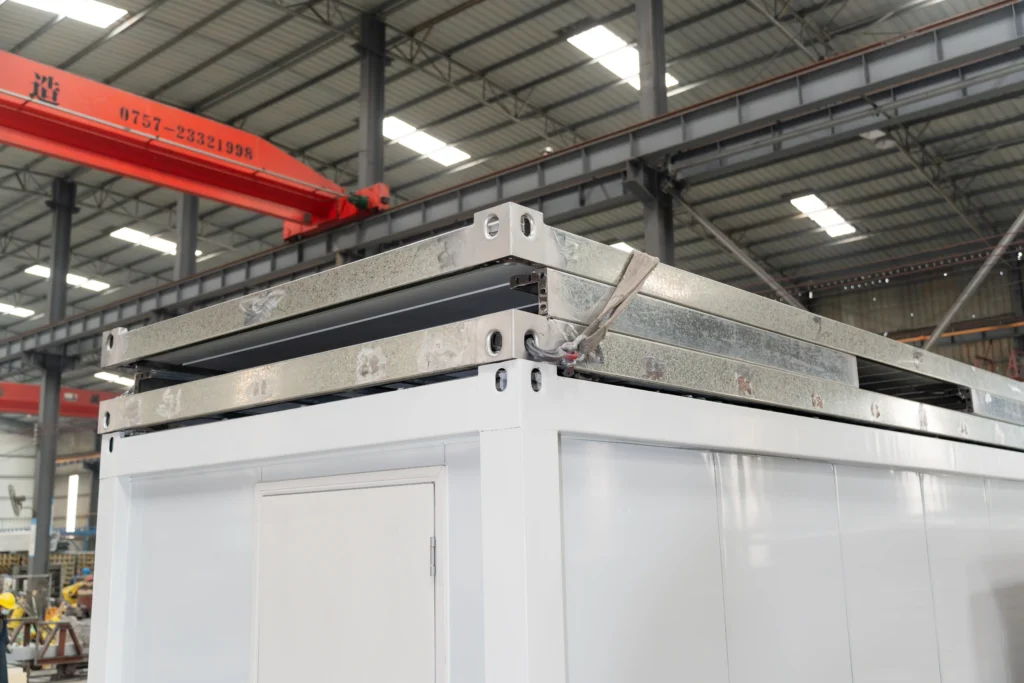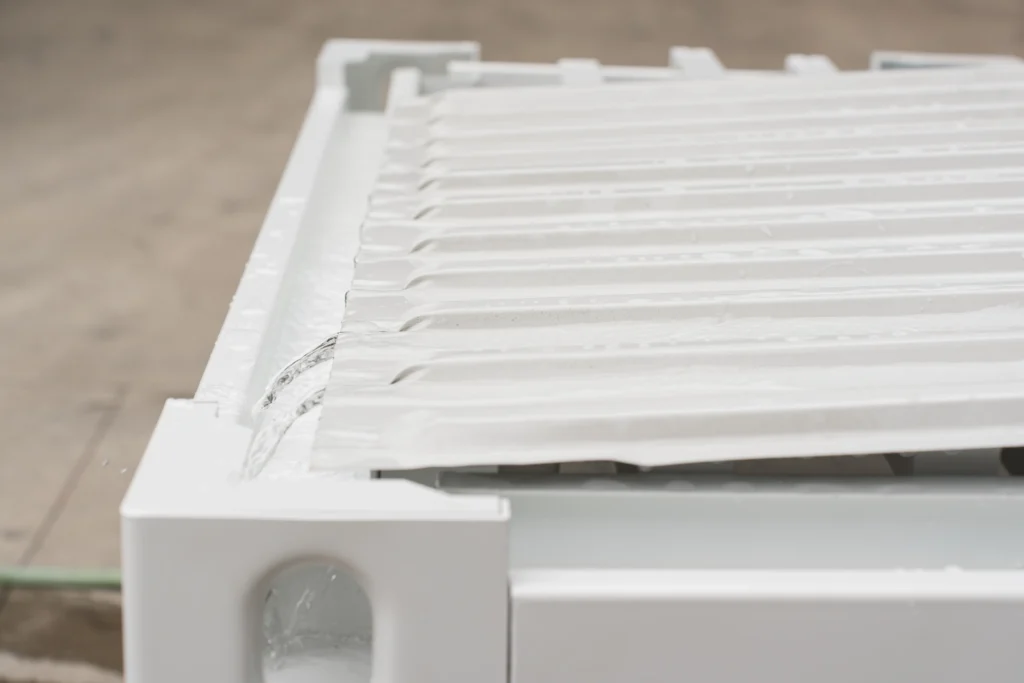Тестирование
Структурный Тест на целостность
01 - Процесс тестирования
Испытание статической нагрузкой
Мы моделируем реальные весовые условия, стратегически размещая сборные весовые модули, эквивалентные максимальной нагрузке на полностью собранный каркас.
Консольное поднятие
Управляемый подъем крана с калиброванными тросами в определенных угловых точках, имитирующий усилия транспортировки и установки.
Точные приборы
Отслеживайте напряжение, деформацию и прогиб в раме и ключевых соединениях в режиме реального времени.


02 - Параметры оценки
Грузоподъемность
Определите максимальный вес, который может безопасно выдержать контейнерный дом, превышающий типичную нагрузку на жильцов и окружающую среду.
Оценка структурной целостности
Убедитесь, что рама выдерживает нагрузку без деформации и повреждений.
Проверка осуществимости подъема и транспортировки
Снижает потенциальные риски и оптимизирует логистику за счет подтверждения целостности конструкции во время перемещения.
Устойчивость к экстремальным условиям
Гарантия безопасности жильцов и прочности конструкции даже во время землетрясений или сильного ветра.
Несущая способность крыши Тест на емкость
01 - Процесс тестирования
Загрузка
Контролируемая, поэтапная загрузка равномерно распределенными грузами (например, сборными модулями) общим весом 6 тонн.
Инспекция
По достижении целевой нагрузки тщательно осмотрите каркас, соединения, крышу и опорную систему на предмет наличия деформаций или повреждений, оценив их серьезность и влияние на общую безопасность конструкции.
Сбор данных
Постоянно регистрируйте ключевые параметры на протяжении всего испытания, включая вес груза, прогиб конструкции, место повреждения (если таковое имеется), а также визуально документируйте с помощью фотографий или видео.

02 - Преимущества теста
Более реалистичное распределение нагрузки
Имитирует реальные случаи использования, когда вес непосредственно прикладывается к крыше (например, снег, мебель, люди).
Изолированная производительность крыши
Позволяет выявить слабые места, характерные для конструкции крыши и соединений, без влияния каркаса контейнера и фундамента.
Позволяет проводить визуальный осмотр
Легче обнаружить потенциальные деформации или повреждения непосредственно на поверхности крыши.
Водоотвод с крыш Тест производительности
Процесс оптимизации производительности
Имитация осадков
Используйте на крыше контролируемую и непрерывную систему орошения водой, имитирующую реалистичную интенсивность и продолжительность осадков.
Визуализация потока
Контролируйте путь воды, которая течет по наклонной поверхности крыши и плавно направляется к специальным дренажным отверстиям в опорных столбах.
Оценка эффективности дренажа
Оцените скорость и полноту отвода воды, гарантируя отсутствие скопления воды на крыше и превосходя отраслевые стандарты эффективности дренажа.
Обнаружение утечек
Тщательно осматривайте внутреннюю часть контейнерного дома на протяжении всего испытания на предмет наличия признаков проникновения воды, гарантируя водонепроницаемость крыши и опорных конструкций.



